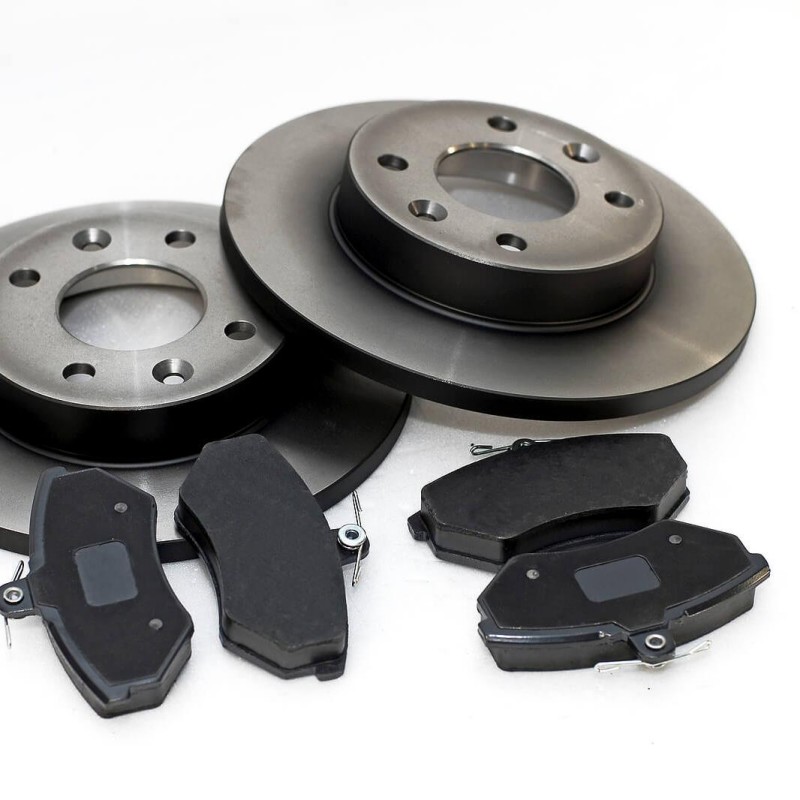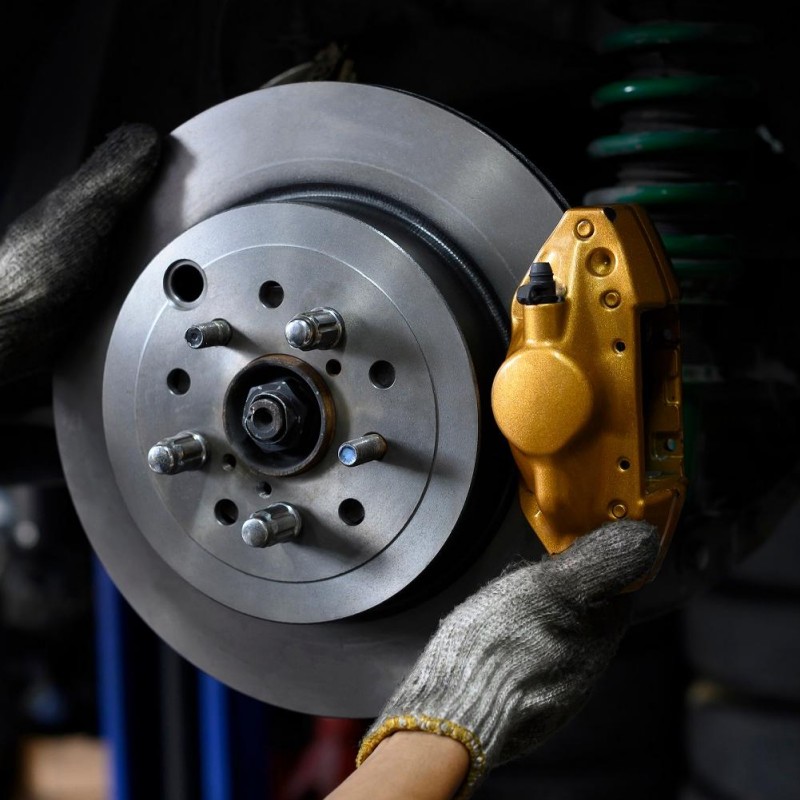When you are driving and suddenly see the warning light for engine coolant over temperature illuminate on your dashboard, it can be a cause for immediate concern. But what does engine coolant over temperature mean, and why is it critical to address promptly? Essentially, this warning indicates that your engine’s cooling system is no longer able to keep the engine within its optimal temperature range. Understanding the mechanics behind this warning light, its implications, potential causes, and effective solutions is crucial for all vehicle owners. Ignoring this warning can lead to severe engine damage, costly repairs, and diminished vehicle performance. This article will delve deeply into the meaning of engine coolant over temperature, the importance of maintaining your cooling system, and detailed steps on how to address and prevent overheating issues.
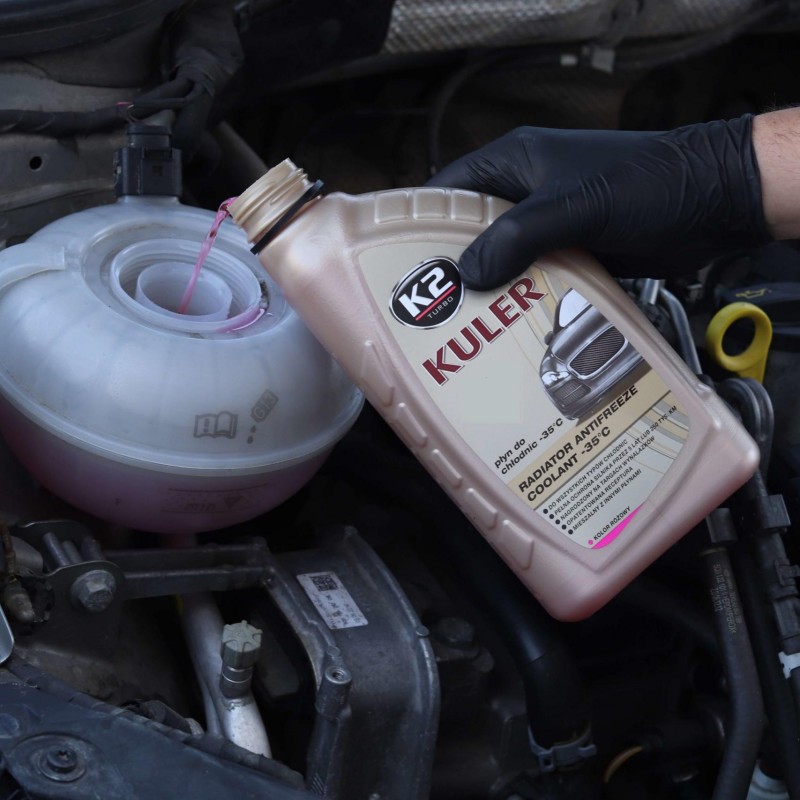
Understanding the Cooling System in Your Vehicle
To grasp what engine coolant over temperature means, it’s essential first to understand the cooling system’s components and their functions. The cooling system plays a vital role in managing engine temperatures and ensuring your vehicle operates efficiently.
- Components of the Cooling System: The primary components of a vehicle’s cooling system include the radiator, water pump, thermostat, coolant reservoir, and various hoses. Each part works in unison to regulate engine temperature.
- How the Cooling System Works: As the engine operates, it’s crucial to disperse the heat generated by combustion. The water pump circulates coolant—an antifreeze mixture—through the engine block, absorbing excess heat. This heated coolant then moves to the radiator, where the air flow cools it down before it’s recirculated back into the engine.
- The Role of Engine Coolant: Engine coolant, primarily composed of water and antifreeze, is essential for not only temperature regulation but also preventing corrosion and protecting components from freezing in cold conditions. The chemical properties of coolant allow it to withstand exceptionally high temperatures without boiling.
- Signs of Cooling System Malfunctions: A warning light indicating engine coolant over temperature typically means that the coolant is not properly circulating or is unable to dissipate heat effectively. This indicates that the cooling system may have a problem that needs immediate attention.
Understanding the cooling system and its importance is vital for vehicle maintenance. When coolant over temperature warnings arise, recognizing their significance can help prevent serious mechanical issues.
What Does Engine Coolant Over Temperature Mean?
When the engine coolant over temperature warning appears, it means that the engine has exceeded its safe operating temperature. The implications of this warning can significantly affect your vehicle’s performance. Here’s what it means in detail:
- Exceeding Safe Temperatures: Engine coolant over temperature indicates that the coolant has reached a temperature that could lead to engine damage if not addressed immediately. The engine is at risk of overheating, which can result in warped components, blown gaskets, or even a complete engine seize.
- Immediate Danger Signs: If you notice the coolant temperature gauge rising into the red zone or hear the engine making unusual sounds, these are signs that the engine is overheating. The warning light serves as a critical alert to take action before irreparable damage occurs.
- Potential for Engine Damage: Ignoring this warning can lead to catastrophic failures such as head gasket failure, cracked cylinder heads, or damage to the engine block. Repairing such damage can often cost thousands of dollars, making it crucial to take the warning seriously.
- Importance of Immediate Response: Upon noticing that the engine coolant over temperature warning light is activated, it’s essential to respond promptly. If safe to do so, pull over, turn off the engine, and allow it to cool down before investigating the issue further.
By understanding what engine coolant over temperature means, you will be better equipped to handle potential issues before they escalate into critical problems.
Common Causes of Engine Coolant Over Temperature
Recognizing the potential causes of engine coolant over temperature is vital for timely intervention and resolution. Several factors can contribute to overheating:
- Low Coolant Levels: Insufficient coolant in the system can hinder its ability to absorb and dissipate heat. This might happen due to leaks in the system, evaporation, or not maintaining adequate coolant levels.
- Thermostat Failures: The thermostat regulates the flow of coolant based on engine temperature. If it becomes stuck in the closed position, coolant cannot circulate through the engine, leading to rapid overheating.
- Radiator Issues: Problems within the radiator, such as clogs, leaks, or damaged cooling fins, can impede the coolant’s ability to cool down. A malfunctioning radiator will not allow for proper heat exchange, resulting in elevated temperatures.
- Water Pump Failure: The water pump is essential for circulating coolant throughout the engine and radiator. If it fails, the coolant cannot flow effectively, causing the engine to overheat.
- Blocked Hoses: Coolant hoses can become blocked due to debris or corrosion, preventing the proper flow of coolant. This blockage restricts the circulation necessary to maintain optimal temperatures.
- Cooling System Leak: A leak in the cooling system, whether from hoses, connections, or the radiator, can result in a loss of coolant. Without a sufficient volume of coolant, overheating can ensue.
Understanding these common causes allows vehicle owners to identify symptoms that may signal a cooling system problem. Timely identification can lead to preventive measures, ultimately protecting the engine.
Diagnosing Engine Coolant Over Temperature Problems
Diagnosing the underlying issue when the engine coolant over temperature warning appears is crucial for effective repairs. Following a systematic approach can help identify the problem:
- Check Coolant Levels: Start by inspecting your vehicle’s coolant reservoir. If the level is low, top it up with the appropriate coolant. However, this alone may not resolve the issue if there is a deeper problem.
- Inspect for Leaks: Look for visible coolant leaks around the engine bay, under the vehicle, or on the ground where you parked. Any leaks should be addressed immediately.
- Test the Thermostat: If you suspect thermostat issues, it may be necessary to test it. This is done by removing the thermostat and placing it in hot water to see if it opens and closes properly. If it remains closed, replacement is needed.
- Evaluate the Radiator: Inspect the radiator for clogs or damage. If you find any debris obstructing airflow or leaks, you may need to clean or replace the radiator.
- Assess the Water Pump: A faulty water pump can often be recognized by unusual noises or coolant leaks around the unit. Check if the pump is functioning properly and if it shows signs of wear.
- Examine Hoses and Connections: Inspect coolant hoses for any signs of kinks, cracks, or blockages. Ensure that all clamps and connections are secure and that no coolant is escaping.
Through this diagnostic process, you should be able to determine the root cause of the engine coolant over temperature warning. This understanding will ultimately guide the repairs needed to restore proper function.
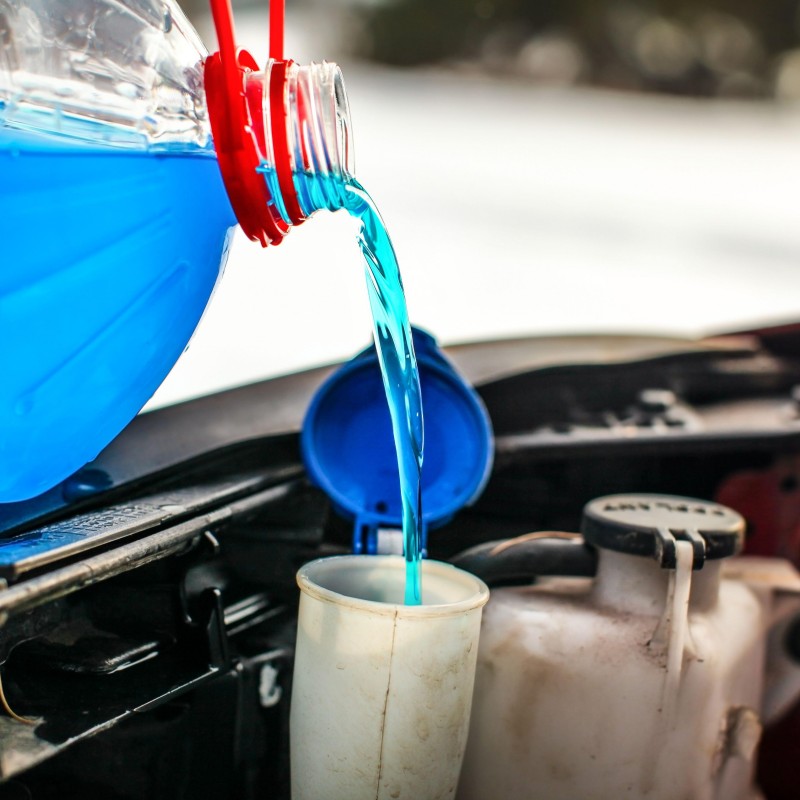
Preventive Maintenance for Engine Cooling Systems
Maintaining your engine’s cooling system proactively can significantly reduce the likelihood of overheating issues. Here are some preventive measures to consider:
- Regular Coolant Checks: Periodically check your coolant levels and ensure they are at the manufacturer’s recommended levels. Topping off coolant when necessary helps catch potential problems before they escalate.
- Routine Inspections: Incorporate thorough checks of the cooling system into your regular vehicle maintenance schedule. Inspect hoses, the radiator, and the water pump for signs of wear or leakage.
- Flushing the Cooling System: The coolant can lose its effectiveness over time due to contaminants. Schedule regular coolant flushes based on manufacturer recommendations to keep the system free of buildup.
- Thermostat Maintenance: Check the thermostat periodically to ensure it is functioning correctly. Time spent on this small component can save you a lot of hassle down the road.
- Monitor the Temperature Gauge: Keep an eye on the engine’s temperature gauge during your drives. If you notice it nearing the red zone, take immediate action to inspect the cooling system.
- Educate Yourself: Stay informed about changes and updates in automotive cooling technology. Modern enthusiast forums and online resources provide access to invaluable information about engine maintenance.
Implementing these preventive steps will create a healthier engine cooling system and can save you from costly repairs associated with overheating.
What to Do When You Experience Engine Coolant Over Temperature
In the unfortunate event that you experience engine coolant over temperature, knowing how to respond can save your engine. Here’s a step-by-step guide on how to handle overheating:
- Pull Over Safely: As soon as you notice the engine coolant over temperature warning light, find a safe location to pull over and turn off the engine. This step is essential to prevent further damage.
- Allow the Engine to Cool: After turning off the engine, allow it to sit and cool down for at least 30 minutes or until the temperature gauge returns to a normal range. Avoid opening the hood immediately, as the engine may still be hot.
- Check Coolant Levels: Once it’s safe, lift the hood and check the coolant reservoir. If the levels are low, add the appropriate coolant to the reservoir. Always use caution and only open the radiator cap if the engine is completely cooled down.
- Inspect for Leaks: Look around the cooling system components for any visible leaks, damaged hoses, or loose connections. If you find an apparent problem, it may be best to consult a professional mechanic.
- Seek Professional Help if Necessary: If coolant levels are fine, and no immediate issues are evident, yet the warning light persists, get your vehicle to a professional mechanic. They possess the expertise and tools necessary for comprehensive diagnostics.
By following these steps, you can effectively manage engine coolant over temperature situations and potentially avoid significant engine damage.
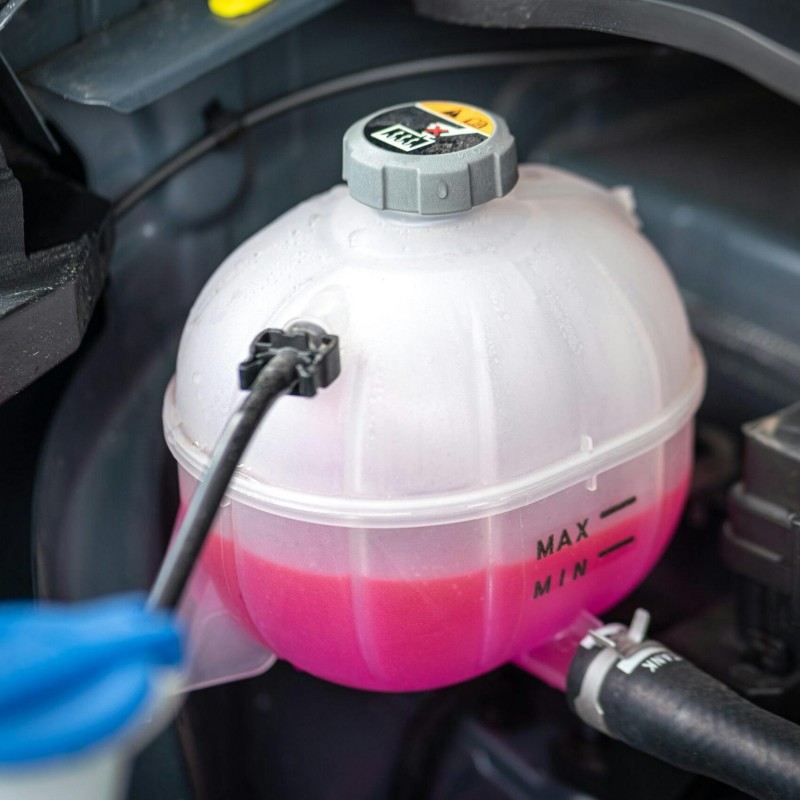
Conclusion
Understanding what engine coolant over temperature means is vital for any vehicle owner. This critical warning alerts you to potential overheating, which can lead to dire consequences if ignored. By becoming familiar with the underlying components of your cooling system and recognizing the various causes of overheating, you can proactively address issues before they escalate.
Furthermore, implementing preventive measures and proper maintenance of your vehicle’s cooling system will go a long way in ensuring a smooth driving experience. Knowing how to respond in the event of an overheating situation empowers you to take decisive action to protect your engine.
Ultimately, staying informed and vigilant regarding your cooling system can prevent costly repairs and enhance your vehicle’s performance. Embrace these insights and ensure your engine remains in optimal operating condition for many miles to come.

